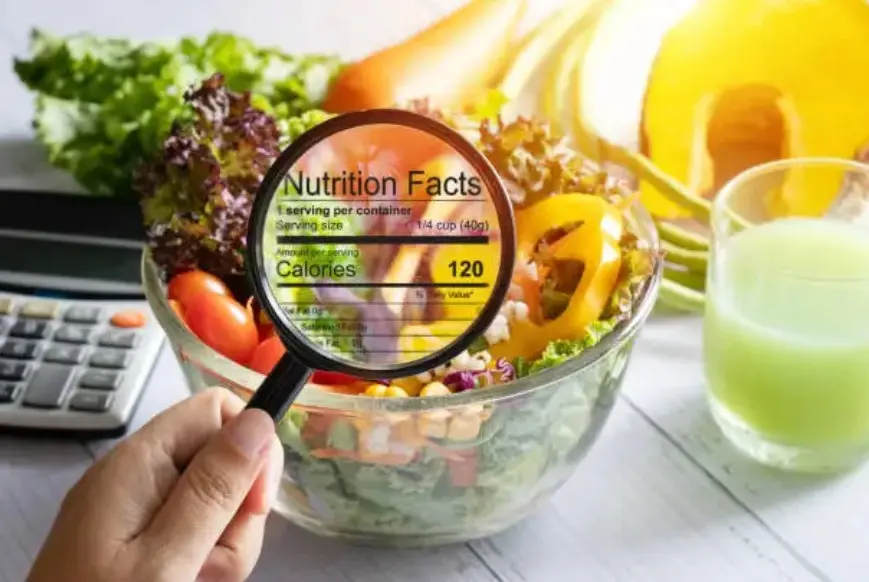
I remember reading this quote; There are three constants in life: change, choice and principles.And having been privy to this journey called life, it would be naive or ignorant to disagree with the essence of the above certitude. Change is indeed a part and parcel of our lives, and the only way to constantly survive and thrive through it is by ‘choosing right’. This choice is solely ours to make, and the decision that determines the trajectory remains responsinble for our fate, even with the changed scenarios. Therefore, at each stage in our lives, the choices, the decisions and the commitments we make, remain our unsaid tryst with destiny later on.
All of this might seem philosophical but the maxim stands, firm and unfailingly true, even when it comes to the life style changes and dietary adjustments we make in our lives, to be more at ease and comfort as we age. Afterall, even the ants work hard and save up the entire summers, only to relax and rejuvenate in the winters. Likewise, care devoted to one’s body during early and middle adulthood can lead to astoundingly healthy and ailment-free oldage later.
Every stage of life comes with its own unique requirements due to varying needs. And when it comes to nutrition and health, four fundamental areas are important: physical, psychological, socio-economic, and nutritional changes.
Nutrition is impacted in two key ways: first, changes in physiological function with ageing affect the absorption, retention, and utilization of nutrients; second, the extent to which specific nutrients or dietary patterns influence the ageing process. Optimal nutrient intake and food choices can significantly enhance the quality of life for older adults, complementing their genetic makeup.
Nutritional needs vary with age and gender. Your dietary needs as an older adult will also differ based on gender: older men and women have distinct nutritional requirements. Generally, men require more energy per day than women due to their larger size and higher muscle mass.
As you grow older, the foods and drinks that constitute a healthy diet may need to be adjusted from what you consumed in your younger years. Generally, you’ll require less of some foods and more of others.
The amount of energy you need each day depends on your age, height, and activity level. However, as you age, muscle mass tends to decrease, and activity levels often drop, resulting in a reduced need for calories. This doesn’t mean you need fewer nutrients. In fact, your need for nutrients like carbohydrates, fat, protein, vitamins, minerals, fiber, and water will remain roughly the same, if not increase.
The principles of healthy eating remain largely unchanged with age, especially if you already maintain a good diet. Therefore, its always necessary to have a headstart here. It’s important to be aware of your specific nutritional needs and acoordingly modify your food choices , ensuring your body receives the necessary nutrients for maintaining good health in older age.
You are likely to know that a healthy diet benefits you physically, mentally, and socially. Not only this, but also how poor food and drink choices increase your risk of chronic diseases such as cardiovascular disease, type 2 diabetes and certain cancers, are very well known.
However, on a positive note, there are also ways you can adopt to do away with the negatives. And doubtedly, choosing a healthy diet is the first step in this regard.
Here are some guidelines to help you choose a healthy diet:
1. Eat a wide variety of foods from the five food groups:
• Colorful vegetables and legumes/beans
• Seasonal fruits
• Grain (cereal) foods, primarily wholegrain and high-fiber varieties
• Lean meats and poultry, fish, eggs, tofu, nuts and seeds
• Milk, yogurt, cheese or their alternatives, mostly with reduced fat
2. Drink plenty of water – aim for six to eight glasses of water per day.
3. Limit foods high in saturated fat, such as biscuits, cakes, pastries, commercial burgers, pizza, fried foods, potato chips and other savory snacks.
4. Replace high-fat foods containing mostly saturated fats with those containing mostly polyunsaturated and monounsaturated fats.
5. Limit foods and drinks containing added salt, and avoid adding salt to foods during cooking or at the table.
6. Limit foods and drinks containing added sugars, such as confectionery, sugar-sweetened soft drinks and juices.
7. Be physically active, aiming for at least 30 minutes of moderate-intensity physical activity, such as walking, every day.
In conclusion, a healthy diet for the elderly should focus on green vegetables, fruits, whole grains, low-fat dairy products, fish and legumes, along with lifestyle modifications that include regular physical activity. It’s important to avoid unnecessary and excessive supplements, but adequate supplementation when needed can significantly improve the nutritional status of older adults, especially when there’s a critical need .

Recent Comments